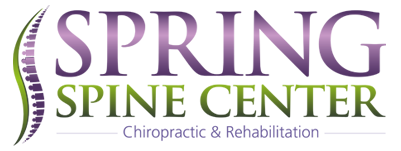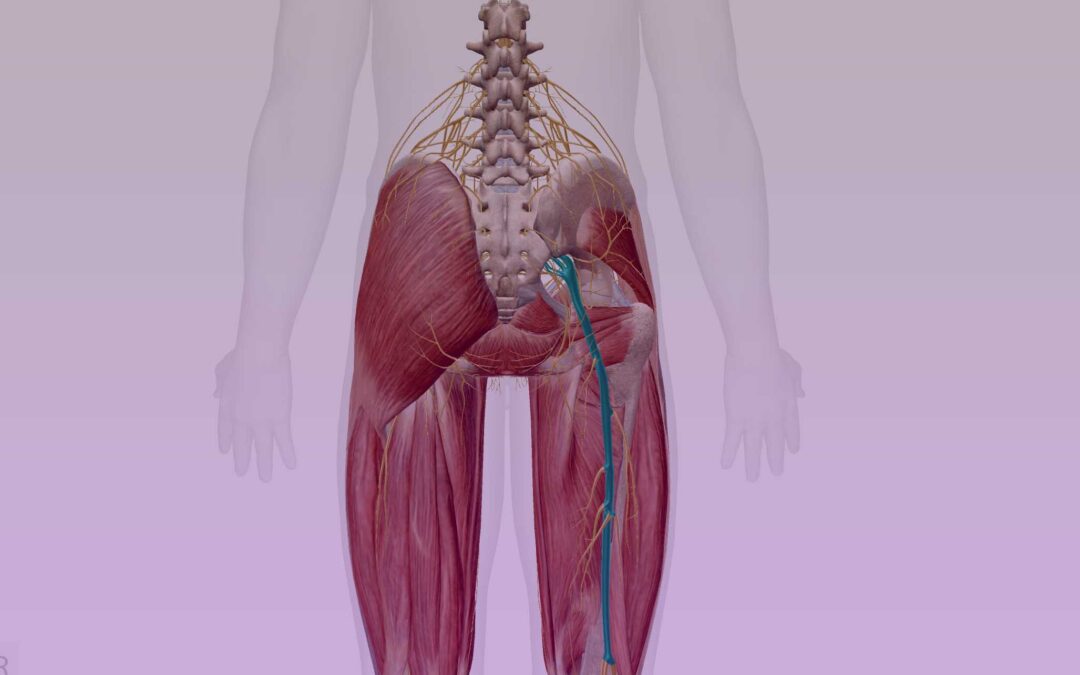Sciatica is a common yet often misunderstood condition that can cause debilitating pain and discomfort. In this article, we’ll explore what sciatica is, what causes it, and what you can do to treat it effectively.
What is Sciatica?
Sciatica refers to pain that radiates along the path of the sciatic nerve, which runs from the lower back through the hips and buttocks and down each leg. This pain typically affects only one side of the body and can vary in intensity, from mild discomfort to excruciating agony. In addition to pain, sciatica can also cause tingling, numbness, and weakness in the affected leg.
Causes of Sciatica
Sciatica is often caused by compression or irritation of the sciatic nerve. Some common underlying conditions and factors that can lead to sciatica include:
- Herniated Disc:
When the soft, gel-like center of a spinal disc protrudes through a tear in the outer layer, it can compress the nearby nerves, including the sciatic nerve.
- Spinal Stenosis:
This condition involves the narrowing of the spinal canal, which can put pressure on the spinal cord and nerves, including the sciatic nerve.
- Degenerative Disc Disease:
As we age, the spinal discs can gradually deteriorate, leading to disc bulges or herniations that may cause sciatic nerve compression.
- Spondylolisthesis:
This condition occurs when a vertebra slips out of place and compresses the nerves in the spinal canal, including the sciatic nerve.
- Muscle Imbalances:
Tight or weak muscles in the lower back, hips, or buttocks can contribute to sciatic nerve compression and irritation.
Treatment Options for Sciatica
While sciatica can be incredibly painful, the good news is that it’s often manageable with conservative treatment measures. Here are some effective strategies for relieving sciatic pain:
- Exercise Therapy:
A structured physical therapy program can help improve flexibility, strengthen the muscles supporting the spine, and alleviate pressure on the sciatic nerve.
- Chiropractic Adjustments:
Chiropractic adjustments can help with the symptoms of sciatica by improving the function of the lumbar joints surrounding where the nerve exits the spine. Adjustments can also relieve muscle spasm around the lumbar spine, which can reduce sciatic related pain.
- Spinal Decompression:
Spinal Decompression is a technologically advanced form of traction. Decompression stretches the spine, opening up the compressed areas in your spine and relieving pressure on the nerves that go on to form your sciatic nerve.
- Medications:
Over-the-counter pain relievers such as ibuprofen or naproxen can help reduce inflammation and alleviate pain associated with sciatica. In more severe cases, your doctor may prescribe muscle relaxants or nerve pain medications.
- Heat and Ice Therapy:
Alternating between heat and ice packs can help reduce inflammation and provide temporary relief from sciatic pain. Apply a heating pad or warm compress to the affected area for 15-20 minutes, followed by an ice pack for another 15-20 minutes.
- Epidural Steroid Injections:
Injections of corticosteroids directly into the affected area of the spine can help reduce inflammation and relieve pain associated with sciatica. These injections are typically administered by a qualified healthcare provider.
- Surgery:
In rare cases where conservative treatments fail to provide relief, surgery may be considered. Surgical options for sciatica may include discectomy (removal of a herniated disc), laminectomy (removal of bone spurs or other structures compressing the nerve), or spinal fusion (fusing two or more vertebrae together to stabilize the spine).
Sciatica can be a painful and debilitating condition, but with the right treatment approach, it’s often possible to find relief and improve quality of life. If you’re experiencing symptoms of sciatica, don’t hesitate to consult with a healthcare professional for an accurate diagnosis and personalized treatment plan. By addressing the underlying causes and implementing appropriate interventions, you can take control of your sciatic pain and get back to enjoying life to the fullest. (https://glasshousefarms.org/)
Find out more by contacting our office to schedule an appointment.
Call: 281-376-1288

